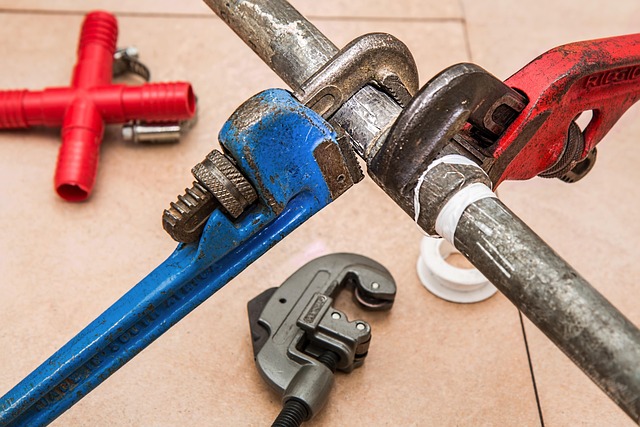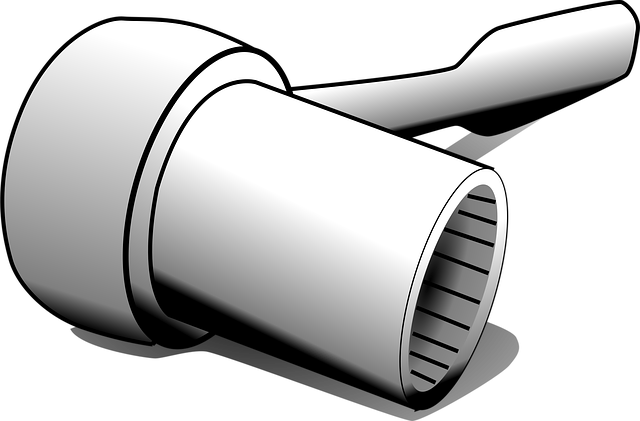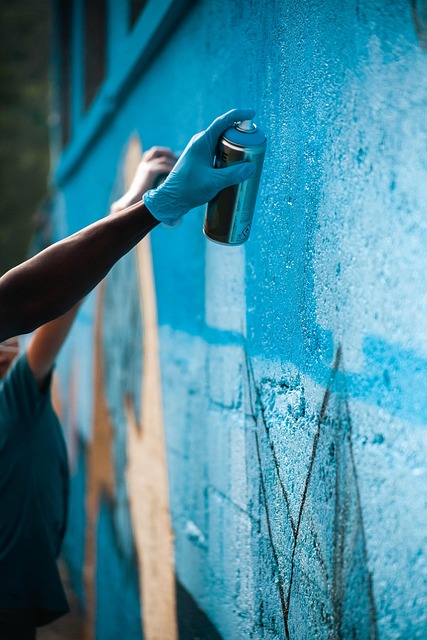Understanding your skill level and the scope of auto body repairs is essential for successful Select DIY Auto Repairs. This guide emphasizes aligning repair tasks with your abilities, providing a comprehensive toolkit, and following manufacturer instructions meticulously. It highlights common mistakes to avoid, such as attempting complex repairs without proper tools or knowledge, using unsuitable materials, and ignoring safety protocols. While DIY projects can save costs, it recommends seeking professional assistance for significant damage, specialized services, or procedures requiring expert guidance for optimal vehicle safety and performance.
Discover the basics of auto body repairs with our comprehensive guide tailored for beginners. Learn how to identify common needs, gather essential tools, and tackle simple fixes yourself. From understanding basic concepts to avoiding common mistakes, this article equips you with the knowledge to select DIY auto repairs. Know when it’s time to seek professional help for complex issues. Get started today!
- Understanding Basic Auto Body Repair Needs
- Gathering Essential Tools for DIY Repairs
- Step-by-Step Guide to Simple Fixings
- Common Mistakes to Avoid During Repairs
- When to Seek Professional Help for Complex Issues
Understanding Basic Auto Body Repair Needs

Understanding what auto body repairs are needed is the first step for anyone considering DIY options. Basic needs often include fixes like dent removal, where a skilled hand can use special tools to press out dents without damaging the paint job. Another common repair is replacing or fixing fenders, grilles, and other external components that may have been damaged in an accident.
For those looking to take on more complex tasks, consider DIY projects like addressing a leaky coolant system—a process that involves tracking down and repairing the source of the leak. Even something seemingly straightforward like a muffler repair can be tackled with the right tools and knowledge. Remember, selecting the right DIY auto repairs based on your skill level and the extent of the damage is key to ensuring effective and safe fixes.
Gathering Essential Tools for DIY Repairs

Before tackling any DIY auto body repair, ensure your garage or workspace is stocked with essential tools. For basic repairs like simple auto repairs for beginners, a set of basic hand tools such as wrenches, screwdrivers, pliers, and hammers will suffice. Don’t forget protective gear, including gloves, safety glasses, and a respirator mask, especially if you’re planning to handle materials that may release harmful fumes, like when fixing a blown head gasket or performing a diy radiator flush.
Invest in quality tools designed for auto body work where possible. A good set of screwdrivers with various head types and sizes will enable you to tackle a range of tasks, while specialized tools like a dent puller can help with removing minor dents and dings. Remember, the right tools make even complex DIY auto repairs easier and more efficient.
Step-by-Step Guide to Simple Fixings

If you’re looking to tackle some basic auto body repairs yourself, this step-by-step guide will help you get started. First up? Select DIY Auto Repairs that are suitable for your skill level and the issue at hand. For instance, fixing a car battery charging problem or replacing an air filter is relatively straightforward and can be done with common household tools. Begin by gathering all necessary parts and tools; ensure you have everything recommended by your vehicle’s manufacturer.
Start by preparing the work area—clear it of debris and ensure proper lighting. Then, follow the repair instructions carefully. For a diy coolant leak repair, for example, start by locating the leak source, then disassemble the affected components step-by-step before replacing or repairing them. Always refer to your vehicle’s manual for specific guidelines related to your make and model. Remember, safety is paramount; wear protective gear and follow proper procedures to avoid accidents or injuries.
Common Mistakes to Avoid During Repairs

When tackling auto body repairs, whether as a DIY project or with professional help, it’s crucial to be aware of common mistakes that can arise. One frequent error is attempting complex repairs beyond your skill level, which can lead to subpar results and potential safety hazards. Not having the right tools or equipment is another pitfall; proper tools are essential for accurate measurements and safe working conditions. For instance, using inappropriate materials for specific repairs, such as trying to glue metal instead of welding it, will likely yield inadequate bonds.
Moreover, ignoring safety protocols can be dangerous. Working on a vehicle without ensuring proper ventilation can expose you to harmful fumes, especially during tasks like fixing a blown head gasket or simple car battery charging. Always prioritize safety by wearing protective gear and following manufacturer guidelines for specific parts, such as when replacing a door handle in automotive repairs. Remember, selecting the right DIY auto repairs based on your skills and equipment is key to avoiding these common pitfalls.
When to Seek Professional Help for Complex Issues

While many auto body repairs can be tackled as DIY projects to save costs and learn valuable skills, there comes a time when even the most seasoned car enthusiasts need to call in the experts. Complex issues that require specialized knowledge or tools are best left to professional mechanics. For instance, if you notice significant damage from an accident, such as crumpled fenders or a cracked windshield, it’s advisable to seek help rather than attempting a repair that could compromise safety.
Additionally, certain tasks like repairing a loose exhaust pipe, while seemingly straightforward, can be challenging and dangerous if not done properly. Similarly, for specialized services like a DIY engine oil change, or even something as seemingly simple as a car AC recharge kit, professional guidance ensures the job is done right, maximizing vehicle performance and safety. Remember, when in doubt, consult a qualified technician to avoid further damage or safety hazards.
Whether you’re a car enthusiast or just want to save some money, learning basic auto body repair skills can be empowering. By understanding the fundamentals outlined in this guide, including gathering the right tools and identifying when to seek professional help, you’ll be equipped to handle simple DIY repairs. Remember, while tackling smaller issues yourself can be satisfying, complex problems may require the expertise of a seasoned mechanic. Choose the right projects for your skill level, and always prioritize safety during auto body repairs.
